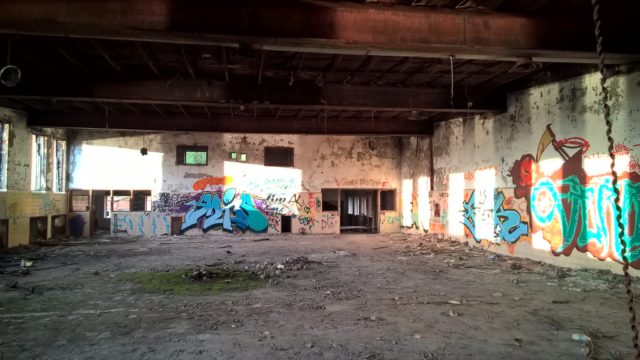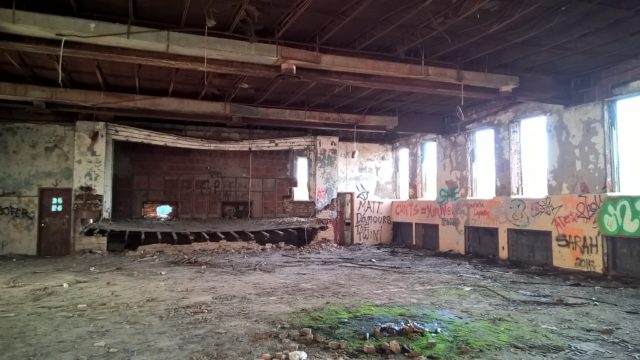Burwash is located in Ontario, Canada on 35,000 acres of land, and it was once a self-sufficient city in the province.
The government of Ontario built many of the important institutions: a hospital, church, school, power station, post office, atelier, hairdresser, and ice rink. They also opened the Burwash Correctional Center in 1914.
By the end of 1914, about 150 prisoners had been transferred to the prison. All of them were low risk and had two years or less to serve. The capacity of the prison allowed for 1,000 people to be imprisoned, but the center never reached full capacity. The maximum number of prisoners was approximately 820.
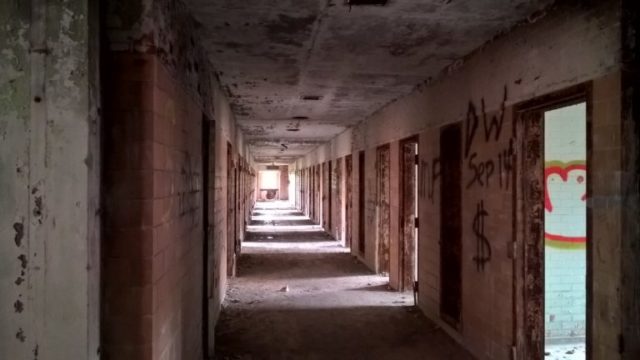
Initially, the prison was isolated. The first prisoners lived in tents. Within a few years, they cleared the land and constructed brick buildings and other kinds of infrastructure around their living space.
Later on, Highway 69 was built around the facility. This led to the formation of a whole community of prison workers and support staff who were employed not only at the prison but also on its farm.
Burwash Farm had the goal of reforming prisoners. Those in charge of Burwash hoped that low-risk prisoners would be able to forget their past criminal history and become reformed citizens by plenty of exercise and learning new skills outdoors.
Despite this atmosphere of support and reform, many escapes occurred in the 1940s and 1950s. Preventing such break-outs became a primary problem for the prison staff.
One correctional officer, Dave Webb, worked in Burwash from 1957 to 1978. According to him, about 200 prisoners attempted to escape from prison during that time. Some succeeded, but most of them were caught and sent to Kingston Prison for three months. A three-month sentence for breaking federal law was the punishment handed out for attempting to escape.
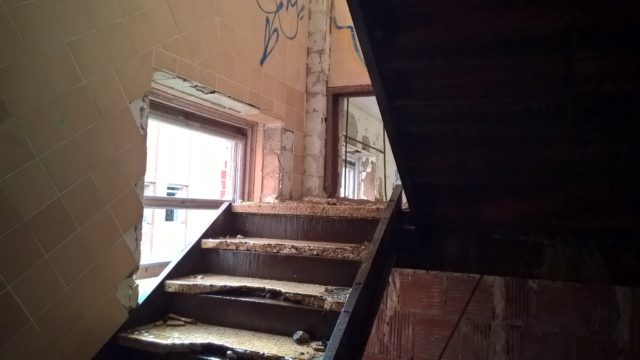
However, Webb described how Kingston Prison was more generous than Burwash to those who demonstrated good behavior. As a result, it could mean that prisoners actually got released earlier from Kingston than if they had stayed at Burwash.
However, the law was amended, and escaped convicts were assigned a two-year term instead of three months. This helped to cut down on the attempted escapes.
Upon admission to Burwash, prisoners were placed in a cell. Once they had shown their good behavior, they were transferred to a dormitory and allowed to take part in the industrial economy. The farm helped prisoners learn new crafts. For example, it was possible to study carpentry and learn how to repair oil furnaces at a sawmill.
Former lead singer of the rock band Blood, Sweat & Tears, David Clayton-Thomas, was a prisoner in Burwash in the early 1960s. It was after he came out that he became successful in the music industry. In his autobiography, he called the prison a “hole in hell.”
Closure
In the early 1970s, a cost-benefit analysis of the prison was conducted. Ontario Minister of Government Richard T. Potter announced the closure of Burwash Correctional Center on July 10, 1974.
The reason behind the announcement was that improving the old equipment would be too costly, and the amount to maintain it was also very high. Closing the prison would save the provincial government a good deal of money.
February 13, 1975, was the last day that Burwash prison was operational. In the same year, about a thousand residents were forced to leave the city. Prisoners were relocated to correctional facilities in southern Ontario.
In 1977, the Ontario government set up a committee to recommend options for using such a large, abandoned site.
The government decided to lease part of the land to a regional municipality in the nearby town of Sadebri for goat breeding. However, the project turned out to be a ‘boondoggle’ – a waste of time and money.
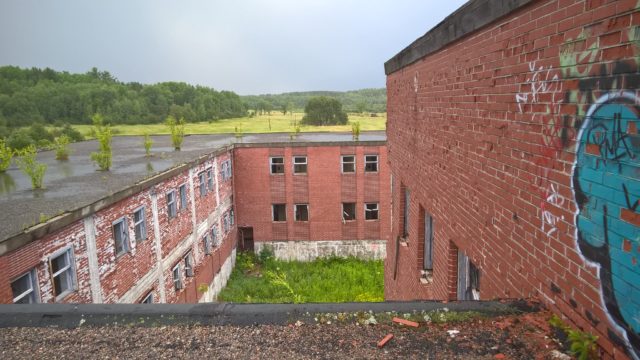
In the 1980s, various companies acquired parts of the land. Some went to the Ministry of Transport and the Ministry of Natural Resources.
In 1990, the federal government bought part of this property for $1.8 million, and the Department of National Defense used it for training.
By the mid-1990s, almost all buildings had been demolished, one way or another.
The Ontario Heritage Foundation held the official unveiling of a memorial plaque in Burwash on August 6, 2006. This indicated the historical status of the prison. A year later, the cemetery, where 12-20 prisoners were buried, was cleaned up, and a sign was set up to mark its location.
Today, the former Burwash prison is located on private land. It is possible to visit this place only by securing the proper legal permissions from a local company, The Food Mission, who provide access to the site.
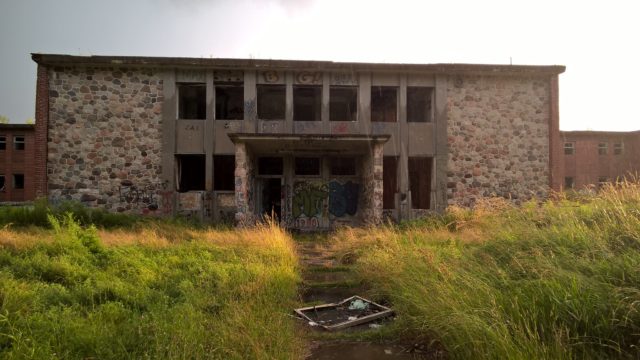
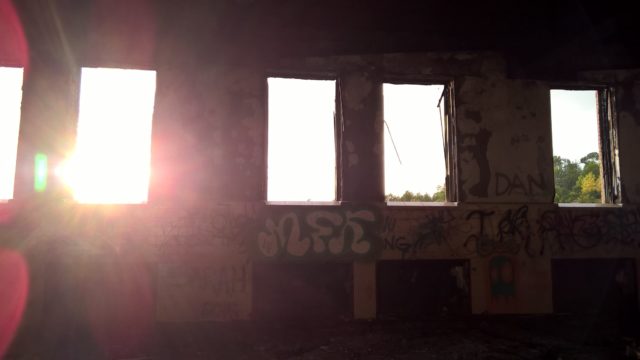
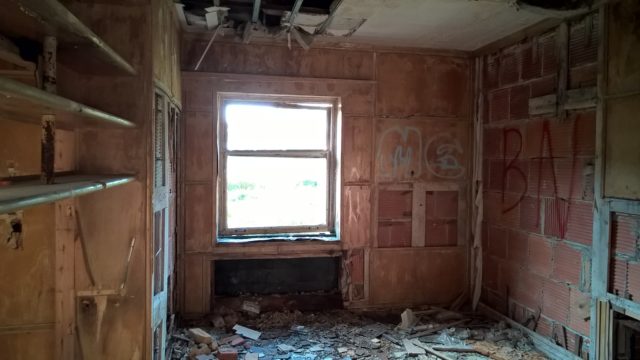
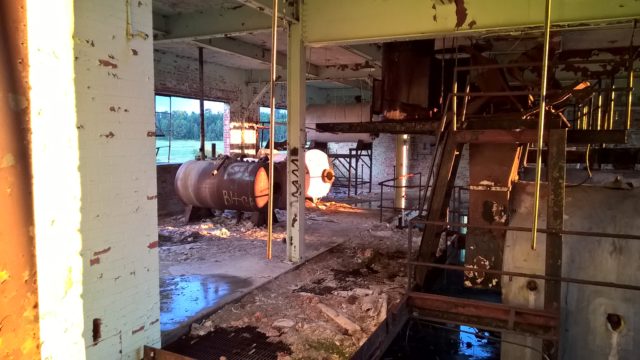
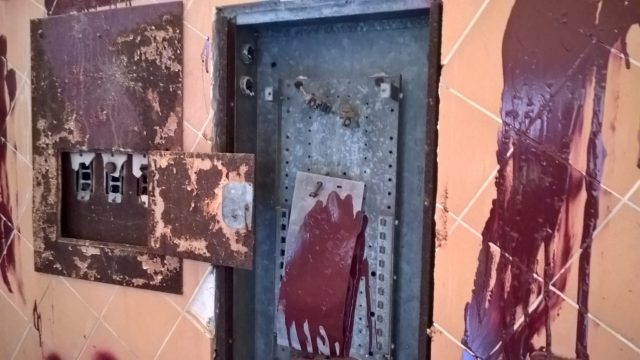
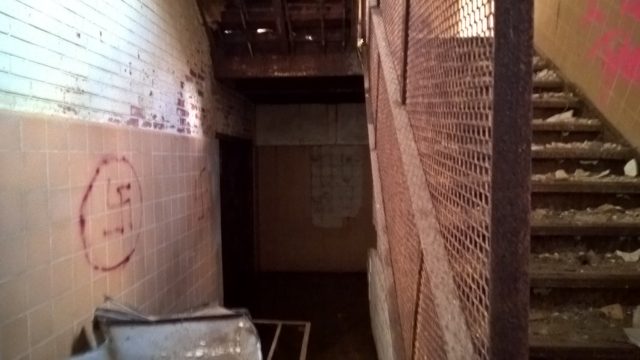
Another Article From Us: The Beautiful Abandoned Neo-Gothic Chambre du Commerce Belgium
